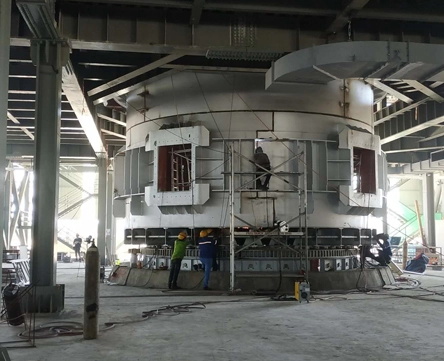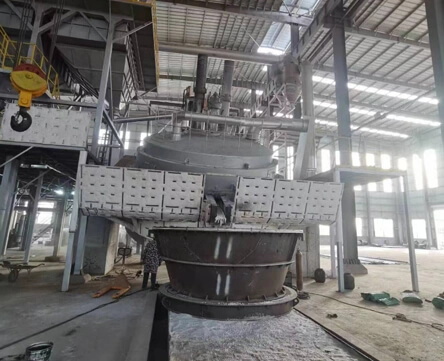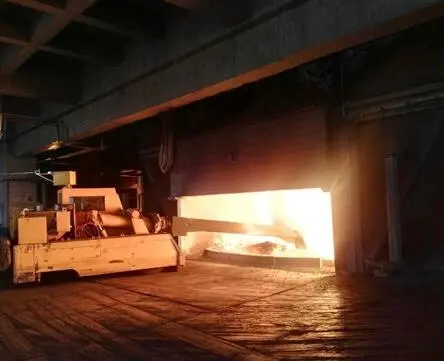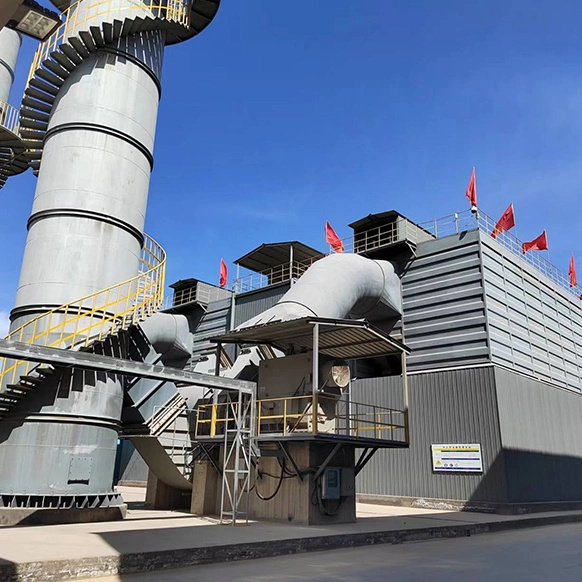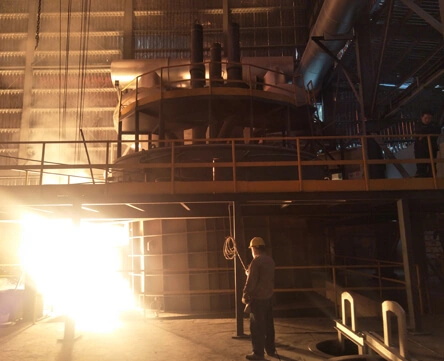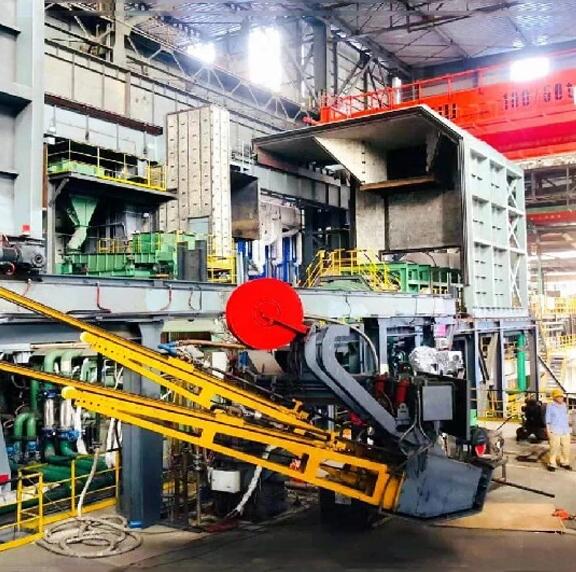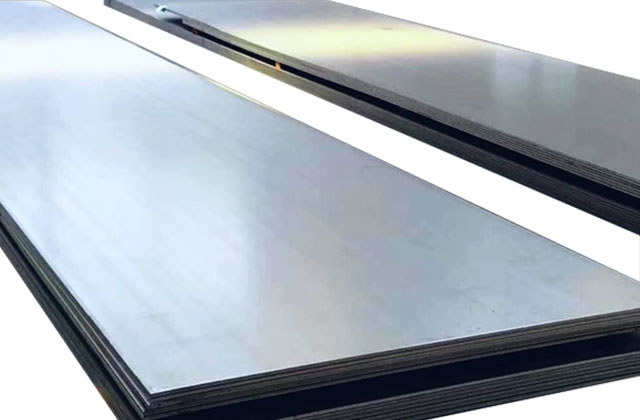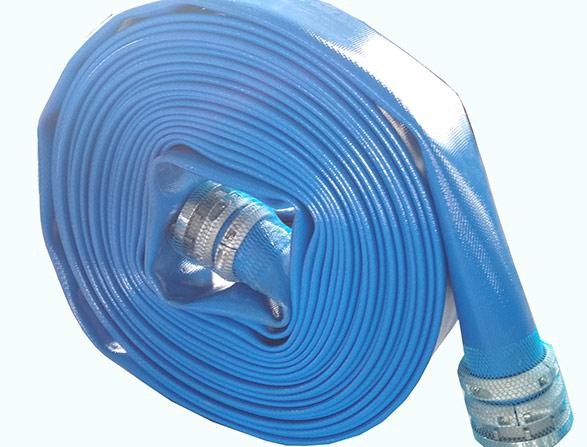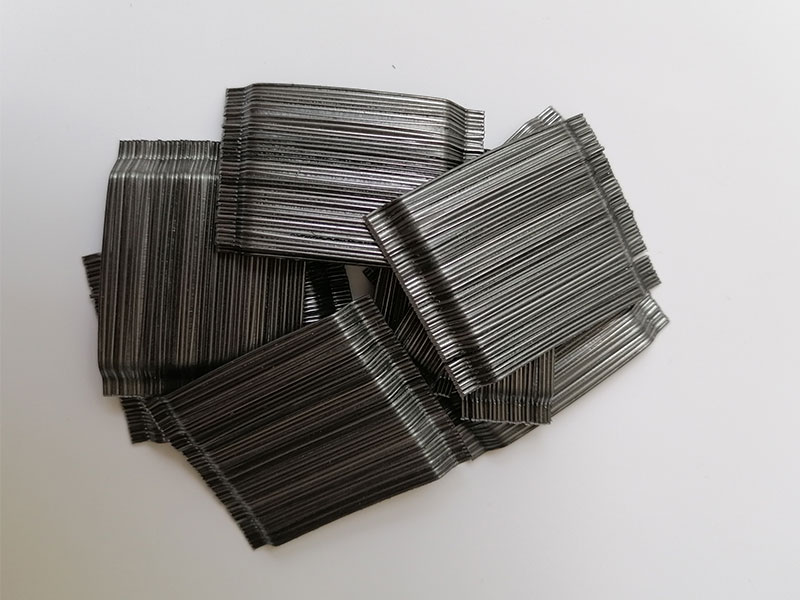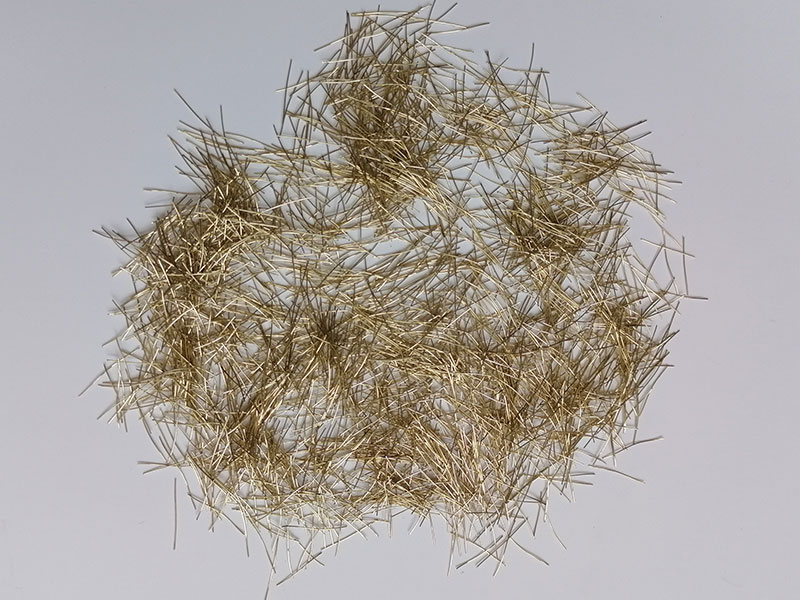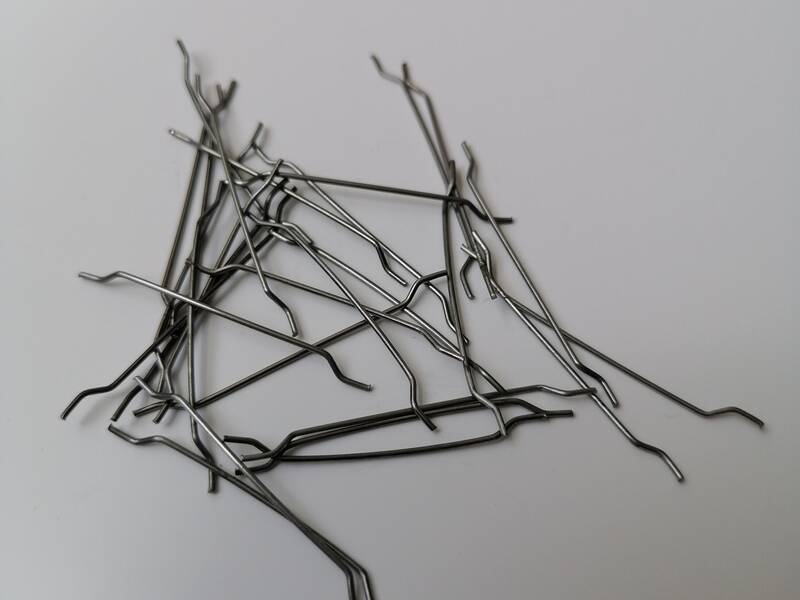Submerged ARC Furnace
The saf submerged arc furnace(SAF) is a specialized heating system utilized to produce a range of iron alloys using electric power. The smelting process within the SAF is energy-intensive, making a significant portion of the total production cost closely linked to energy consumption.
In terms of temperature control and adjustment of different reduction potentials, the SAF stands as a qualified unit for alloy production. Over time, the establishment of independent ferroalloy industries has met the growing demands of today's steel industry. The majority of ferroalloys are produced through pyrometallurgical processes within submerged arc furnaces.
Key focuses of furnace engineering include customer needs and submerged arc furnace processoptimization, ensuring equipment quality, ensuring simplicity and safety in maintenance, and achieving high process efficiency even at low energy levels.
TYPES OF SUBMERGED ARC FURNACE
Submerged arc furnaces have found applications in over 20 diverse major industrial sectors, including ferroalloys, chemicals, lead, zinc, copper, refractories, titanium dioxide, recycling, phosphorus, and more. Based on the primary materials used, submerged arc furnaces can be categorized into different types.
Silicon Metal Furnace
Ferrosilicon Furnace
Silicomanganese Furnace
Corundom Furnace
DC Submerged Arc Furnace
Low Carbon Ferrochrome Furnace
SUBMERGED ARC FURNACE DESIGN
Purpose of Submerged Arc Furnace
Operational Characteristics of Submerged Arc Furnace
Structural Characteristics of Submerged Arc Furnace
Purpose of Submerged Arc Furnace
The primary purpose of a submerged arc furnace is the production of various iron alloys, including ferrosilicon, ferromanganese, ferrochromium, ferrotungsten, and silicomanganese. These alloys serve as essential raw materials in the metallurgical industry and find applications in industries such as steelmaking and chemical production, like in the manufacturing of calcium carbide. The furnace's operational characteristics involve utilizing carbonaceous or magnesia refractory materials as lining and self-baking electrodes.
APPLICATIONS OF SUBMERGED ARC FURNACES
Submerged Arc Furnaces (SAF) find diverse applications across various industries, primarily in the production of different iron alloys. These applications include the production of ferrochromium, ferro-nickel, ferromanganese, silicomanganese, ferro-niobium, and titanium iron ore (TiO2 slag). Additionally, SAFs offer potential for waste recycling.
Initially, iron alloys were exclusively produced in specialized high furnaces, yielding pig iron with varying amounts of silicon, chromium, and manganese. The type of melting and metallurgical equilibrium determined the carbon content of these alloys. SAFs stand out as qualified equipment for alloy production due to their precise temperature control and adjustment of different reduction potentials. The establishment of independent ferroalloy industries has met the growing demands of today's steel industry over time.
The powerful competition in this field is mainly achieved through the installation of advanced high-power smelting units in SAFs. Currently, over 99% of ferroalloy and TiO2 production takes place in alternating current SAFs.
Developments in large electrode systems, advanced transformer technology, and new furnace construction principles have made it possible to design large-capacity rectangular SAFs with dimensions reaching up to 36 meters in length and 17 meters in width. From a technical perspective, even larger units are possible, but their economic feasibility must be carefully examined.
FAQS OF SUBMERGED ARC FURNACE
WHAT ARE THE BENEFITS OF USING SUBMERGED ARC FURNACES?
SAFs offer efficient temperature control, precise alloying, and high recovery rates. They are energy-efficient due to the heat generated from the electric arc within the charge. Their ability to accommodate a wide range of raw materials and produce consistent high-quality alloys makes them valuable.
WHAT'S THE DIFFERENCE BETWEEN ALTERNATING CURRENT (AC) AND DIRECT CURRENT (DC) SUBMERGED ARC FURNACES?
AC SAFs are the most common, using alternating current for operation. DC SAFs use direct current, often offering advantages in specific applications like titanium iron ore production. AC furnaces dominate but DC SAFs are gaining traction in niche areas.
HOW IS TEMPERATURE CONTROL MAINTAINED IN SUBMERGED ARC FURNACES?
Temperature control is achieved through precise electrode placement and electrical power adjustments. This enables consistent alloy composition and quality throughout the production process.
ARE SUBMERGED ARC FURNACES SUITABLE FOR LARGE-SCALE OPERATIONS?
Yes, advancements in electrode systems, transformer technology, and steel mill furnaceconstruction have enabled the design of large-capacity SAFs, allowing for efficient large-scale production of alloys.
WHAT FUTURE TRENDS CAN BE EXPECTED IN SUBMERGED ARC FURNACE TECHNOLOGY?
Continued advancements in automation, energy efficiency, and process optimization are expected, along with a potential shift toward even more environmentally friendly practices in alloy production.
As one of submerged arc furnace suppliers, we can provide kinds of related products for sale, and thesubmerged arc furnace priceis reasonable, if you are interested, please contact us.
在线联系供应商
Other supplier products
| WATER-COOLED PANELS | CHNZBTECH, a professional water cooled panelssupplier, is committed to getting those standards, engineering and manufacturing water-cooled panels a... | |
| SILICON METAL FURNACE | SILICON METAL FURNACE Industrial silicon (also called crystalline silicon, metal silicon) is one of the important materials in modern industrial p... | |
| LOW CARBON FERROCHROME FURNACE | The main raw materials for smelting low-carbon ferrochromium using the electro silicothermic method include chromium ore, silicon chromium alloy, a... | |
| OXYGEN LANCE MANIPULATOR | The carbon-oxygen lance mainly refers to the EAF smelting, generally referring to the carbon-oxygen lance at the EAF furnace door, as well as the f... | |
| LADLE FURNACE ROOFING | LF roofing is round-shaped and has a tube-type water-cooled structure. It is divided into a large furnace roof, a small ramming roof, an offgas exh... |
Same products
| Steel Searcher Steel Product & Hardware | 卖方: STEEL SEARCHER HONG KONG LIMITED | Steel Searcher is a professional steel hardwareproduct company that provides comprehensive steel ... | |
| Frac PU Layflat Hose | 卖方: SUZHOU SEAPEAK CO.,LTD | The outer cover of our PU layflat hose has been produced with extra thickness for tough environme... | |
| SDS-05030 0.50mm Diameter 30mm Length Glued Steel Fiber | 卖方: Tengzhou Star Smith Metal Products Co.,Ltd | This kind of steel fiber is made of high-speed wire, when you add it to concrete, which can impro... | |
| SDS Micro Copper Coated Steel Fiber | 卖方: Tengzhou Star Smith Metal Products Co.,Ltd | Micro brass fibers are made of copper coated steel wire , which is the most important materials o... | |
| SDS Loose Hooked End Steel Fiber | 卖方: Tengzhou Star Smith Metal Products Co.,Ltd | Hooked end steel fibres are made of high-quality cold drawn steel line, in order to make sure tha... |









